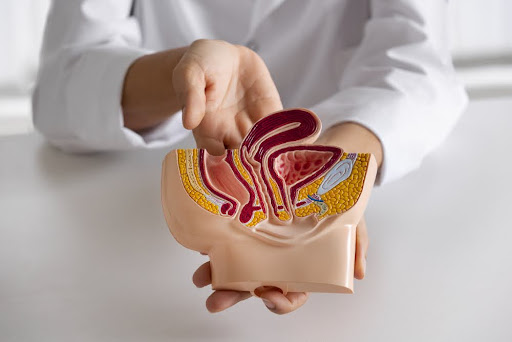A hernia is a medical condition in which an organ or tissue protrudes through a weak spot in the muscle or connective tissue. It can happen in various parts of the body, causing pain and discomfort. Knowledge about different types of hernias and their treatments is vital for patients suffering from the same. In case you have a hernia, meeting a hernia specialist in Mumbai would be important to diagnose it properly and for proper treatment.
What is a Hernia?
A hernia is the condition in which a portion of an inner organ, typically the intestine, bulges through the muscular wall or tissue that holds it in place. This condition can happen anywhere in the body but the most common place is in the abdominal region. Hernias can be very small and hardly noticeable or large and extremely painful. For people who experience symptoms, it would be prudent to visit a hernia specialist for assessment and appropriate treatment.
Types of Hernias
There are different types of hernias, each with unique characteristics and causes. Let’s look at the most common ones:
1. Inguinal Hernia
The inguinal hernia is one of the most common types. It occurs when part of the intestine or tissue of the abdominal wall bulges through the inguinal canal in the lower abdominal region. This is often seen more in males. A swelling or lump in the groin area that causes discomfort while lifting weights or exercising is common symptoms. Normally, surgery is required to repair the weak tissue.
2. Femoral Hernia
A femoral hernia is similar to an inguinal hernia but occurs in the upper part of the thigh, just below the groin. Femoral hernias are more common in women. Symptoms include a bulge or swelling in the groin area. If left untreated, femoral hernias can lead to complications like strangulation of the intestines, requiring emergency surgery.
3. Umbilical Hernia
An umbilical hernia occurs when part of the intestine or abdominal tissue pushes through the abdominal wall near the belly button. This type is common in infants but can also occur in adults, especially those who are overweight or have a history of multiple pregnancies. In most cases, umbilical hernias in infants close on their own by the age of 1. However, in adults, surgery may be required to fix the hernia.
4. Hiatal Hernia
A hiatal hernia occurs when part of the stomach pushes up through the diaphragm into the chest cavity. It can cause symptoms such as heartburn, chest pain, or difficulty swallowing. Treatment usually involves lifestyle changes, medication to reduce stomach acid, and, in severe cases, surgery.
5. Incisional Hernia
An incisional hernia can develop after surgery when the surgical incision site weakens. The tissue can push through the scar area, leading to a bulge. This type of hernia is more common in individuals who have had abdominal surgeries. Treatment often requires surgery to repair the area and prevent further complications.
Treatment Options for Hernias
Treatment for hernias depends on the type and severity of the condition. The primary options include:
1. Watchful Waiting
In some cases, if the hernia is small and not causing any significant symptoms, a doctor may recommend a watchful waiting approach. This means monitoring the hernia over time to see if it worsens. However, this is not suitable for all cases, and surgery is often recommended, especially for larger hernias.
2. Hernia Surgery
Surgery is the most common treatment for hernias. There are two main types of hernia surgery:
- Open Surgery: This involves making an incision near the hernia site, pushing the tissue back in place, and repairing the opening with stitches or mesh.
- Laparoscopic Surgery: This is a minimally invasive surgery where small incisions are made, and a camera is used to guide the surgeon in repairing the hernia. It usually leads to quicker recovery times and less pain.
3. Lifestyle Changes and Medications
For certain types of hernias, especially hiatal hernias, lifestyle changes like eating smaller meals and avoiding spicy foods can help manage symptoms. Medications to reduce stomach acid and prevent acid reflux are often prescribed. However, these measures are typically not a cure and may need to be combined with surgery for long-term relief.
Take the First Step Towards Relief
If you suspect you have a hernia or are experiencing symptoms like swelling, pain, or discomfort, it is essential to consult a hernia specialist in Mumbai. A specialist can help identify the type of hernia and recommend the most appropriate treatment. Early diagnosis and treatment can prevent complications and ensure a quicker recovery.




